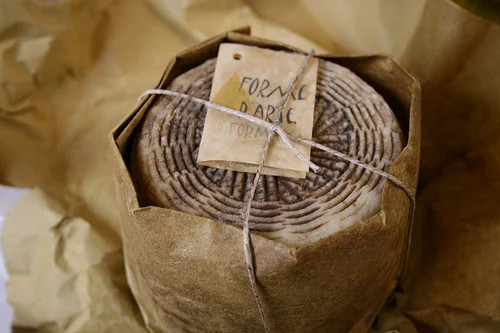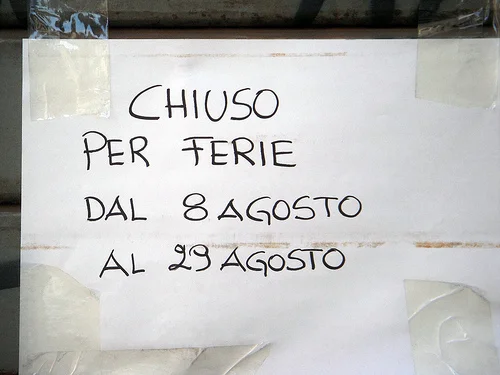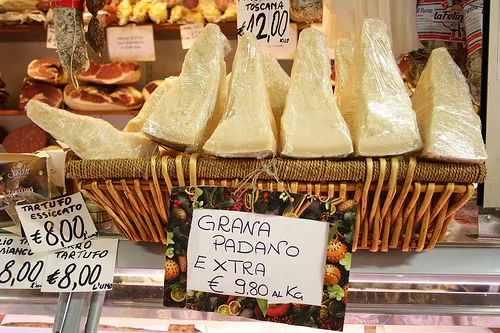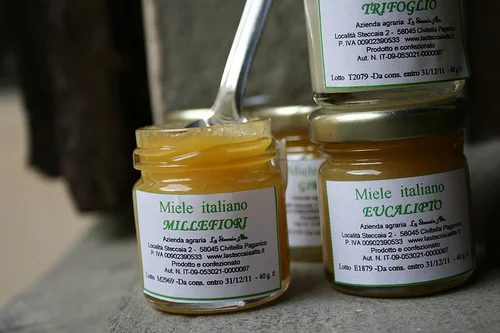What is the difference between: Parmesan, Pecorino, Asiago, Romano?
I was really tempted to categorize this post under 'main course' or entree. I love cheese so much, I could eat it for a meal. And being in Italy is my perfect excuse to focus on---and consume more---cheese. Really good cheese, with rich history and familial care and world-class quality.
I am learning that in Italy, food is all about region. Where did it come from ? Pay attention when you buy Italian products in the states: more often than not it is about qualified region, appellation, zones(s) and valley. There are stamps of approval, in hierarchical form (check out those really expensive balsamic vinegars). Italian vino with little pink labels around the neck will prove a bottle's origins, stipulations and worth.
When in the states, in particular Washington state, I almost exclusively drank Washington wine (and have missed it enormously, by the way). Now that I am in Italy, I am drinking a lot of some Italian wine. I wish I wasn't on a budget, because some of the high-end wines are amazing. We have splurged a few times on outstanding bottles; most of the time we drink budget table wines. Regardless of the cost, I am still learning about wines. I look for good deals, flavor profiles, layers of complexity and hidden gems. Mostly, I am beginning to notice all the varying regions and labeling according to region. I am thoroughly enjoying wines from Montalcino and the Maremma region (southwest Tuscany and into the Grosetto region).
And truth be told: cheeses are unique/noted by region as well. When I went to the food show it was Parmesan from the Parma region; Pecorino from various regions in Tuscany, bonafide Mozzarella di Bufala from further south, etc. Before this year abroad, I hadn't taken the time to appreciate that---and hadn't been exposed to the pride and loyalty associated with regional cheeses.
Now, I get it. Its about: location, location, location. And processing, and animal-that-contributed-milk, and aging... and a few more things. Its just quite simply, fun to learn about the nuances of cheese, beyond a mere bite. Bites are layered with history, government protection, family farms---some with agriturismos---and pride. Good pride in work and product. So here:
Parmesan:I just wrote a full-blown post on specific differences between Parmigiano Reggiano (where the name 'Parmesan' came from, and Grana Padano---essentially its ancestor of 200 years). Both hail from northern Italy, north of Tuscany. These cheeses are made from cow's milk, are specific to region, aged anywhere from 1-2 years, sharpen with age and are formed into 80 LB wheels.
Pecorino: a hard, hearty sheep’s milk cheese, aged for about 8 months, sharp in flavor, whitish in color, formed into 65 LB wheels and used as a grating cheese (“pecorino” comes from the Italian word for sheep, pecora). Not designated by region, Pecorino is produced in various places around Italy. Pecorino Romano was its common name, because Pecorino was originally made in the province of Rome. Today you will find variations in name, according to location: Pecorino Toscano, Pecorino Sardo and Pecorino Siciliano. Each locale will have a slightly different flavor than the next. (p.s. apparently there is a 'Romano' cheese made in the US; be aware this version is made from cow's milk, not sheep).
Asiago: considered a mountain or alpine cheese, from the northeastern region of Italy: Veneto and Trentino. It is a semi-cooked cow’s milk cheese for 'grating', formed into 20-pound wheels. It is labeled according to 'ripeness': fresh Asiago, called Asiago pressato, is semisoft; Asiago d’allevo is sold in three “stages”: fresco (aged for two to three months), mezzano (aged three to five months) and vecchio (aged for at least nine months).
I hope that helps!







